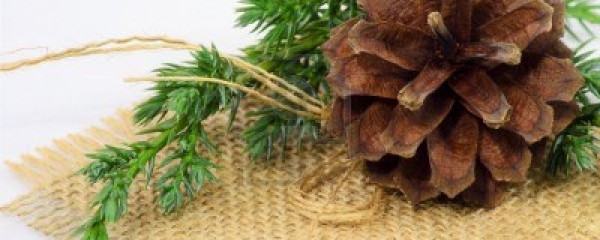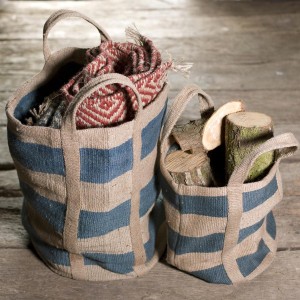20
Aug 2013
Famous Jute Products of West Bengal
OFFERED BY Prasenjit Mandal
West Bengal is one of the world’s largest jute producing and processing regions. Innovations in jute products are helping to tap a larger consumer market. Industrial development in West Bengal dates back to the latter part of 19th century when jute mills were set up along the sides of river Hooghly. These were followed by engineering, iron and steel, cotton textile, chemicals and other industries. At present, important large scale industries in West Bengal include (i) Jute and textile (ii) Iron & steel (iii) Engineering (iv) Petroleum refining (v) Chemicals (vi) Paper (vii) Tea (viii) Cotton textile & (ix) Leather.
West Bengal is the pioneer and till now most important State in India for the manufacturing of jute textiles. At present there are 81 jute mills in West Bengal.
India is the world’s largest producer of raw jute. It alone produces World’s 50% of raw jute and 40% of finished jute goods.
Jute is the second most important vegetable fiber after cotton. Jute is used chiefly to make cloth for wrapping bales of raw cotton, and to make sacks and coarse cloth. The fibers are also woven into curtains, chair coverings, carpets, area rugs, hessian cloth, and backing for linoleum. Jute is regularly used in the production of clothes, particularly sweaters and underwear. Its soft fabric structure is known to be very comfortable to the person wearing it and therefore, popularity for jute clothes has increased significantly over the last decade.
Jute has many advantages as a home textile, either replacing cotton or blending with it. It is a strong, durable, color and light-fast fiber. Its UV protection, sound and heat insulation, low thermal conduction and anti-static properties make it a wise choice in home décor. Also, fabrics made of jute fibers are carbon-dioxide neutral and naturally decomposable. These properties are also why jute can be used in high performance technical textiles. Jute is also used to make ghillie suits, which are used as camouflage and resemble grasses or brush. It helps to make best quality industrial yarn, fabric, net, and sacks. It is one of the most versatile natural fibers that has been used in raw materials for packaging, textiles, non-textile, construction, and agricultural sectors. Bulking of yarn results in a reduced breaking tenacity and an increased breaking extensibility when blended as a ternary blend.
The India specifically Eastern India, mainly West Bengal jute sector, comprising the organized jute industry and a large number of decentralized/cottage units, has now reached the stage of producing materials, which are not only durable, but also attractive from the esthetic sense. Numerous end-uses have been found for the golden fibre to meet the requirements of the connoisseurs.
The array of products now being manufactured from jute are endless. From fine silk, finished fabrics, versatile furnishings to intricately designed oriental carpets – jute makes them all: Moulded furniture, Wall Hangings, Swing Chairs, Flower Pot Holders, Tea Coasters, Mats, Blankets, Slippers, Shopping Bags, Bead Curtains, Dolls, Soft Luggage, Briefcases, Skirts, Jackets, Lamp Shades, Floor Runners, Panels, Boards and a whole lot more. Inexpensive & Aesthetic. The products are ideal for homes, offices, and public places.
– Extract from: http://www.grassoportal.com/agri/crop_jute.asp
http://en.wikipedia.org/wiki/Jute

































September 20th, 2013 21:42 /
Your work is very inspiring and entertaining to read. I hope you continue things like this, they are very good. This is really great writing.
September 22nd, 2013 21:51 /
Greetings! This is my 1st comment here so I just wanted to give a quick shout out and tell you I truly
enjoy reading your articles. Can you recommend any other blogs/websites/forums that
deal with the same subjects? Thanks for your time!
My web blog :: made.com voucher